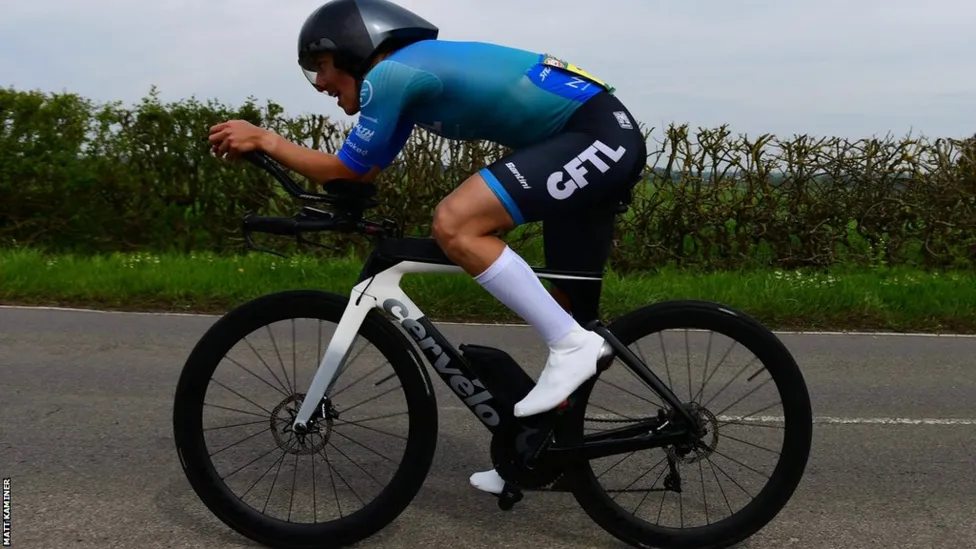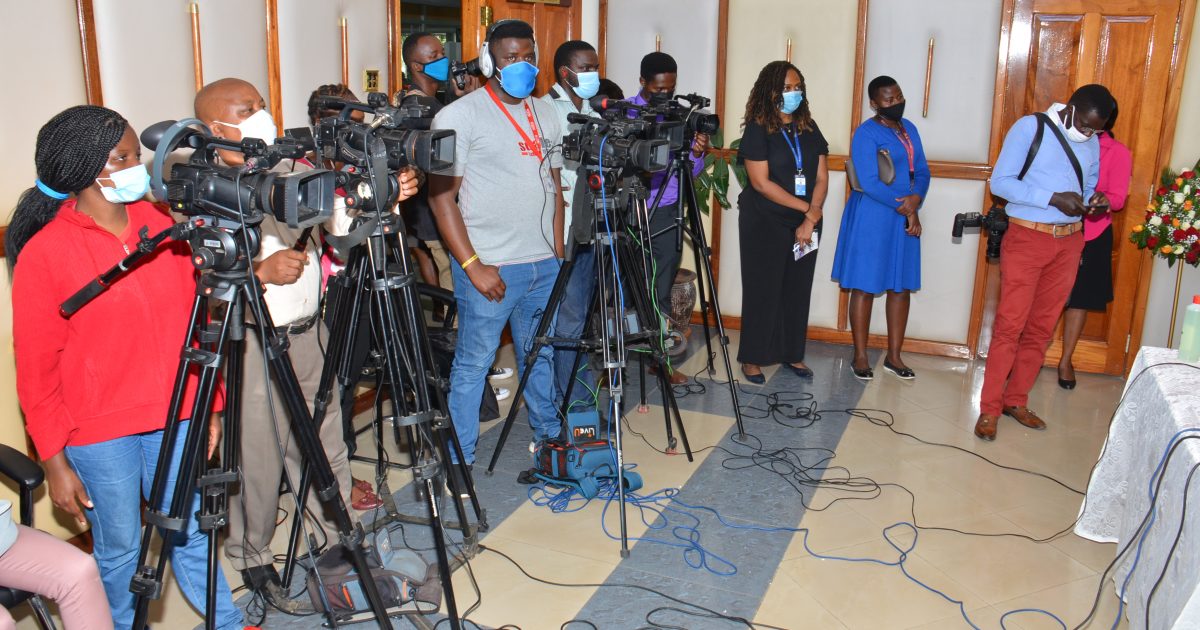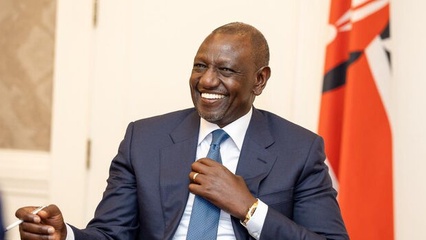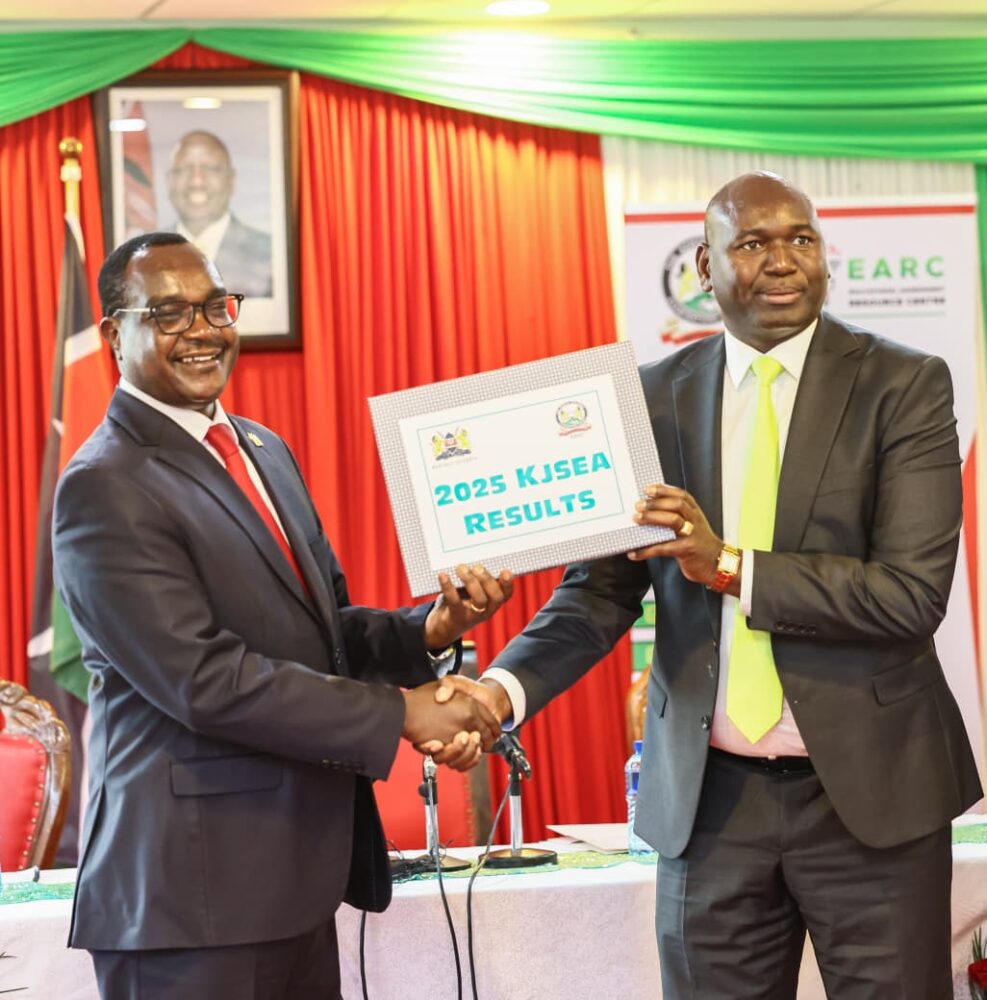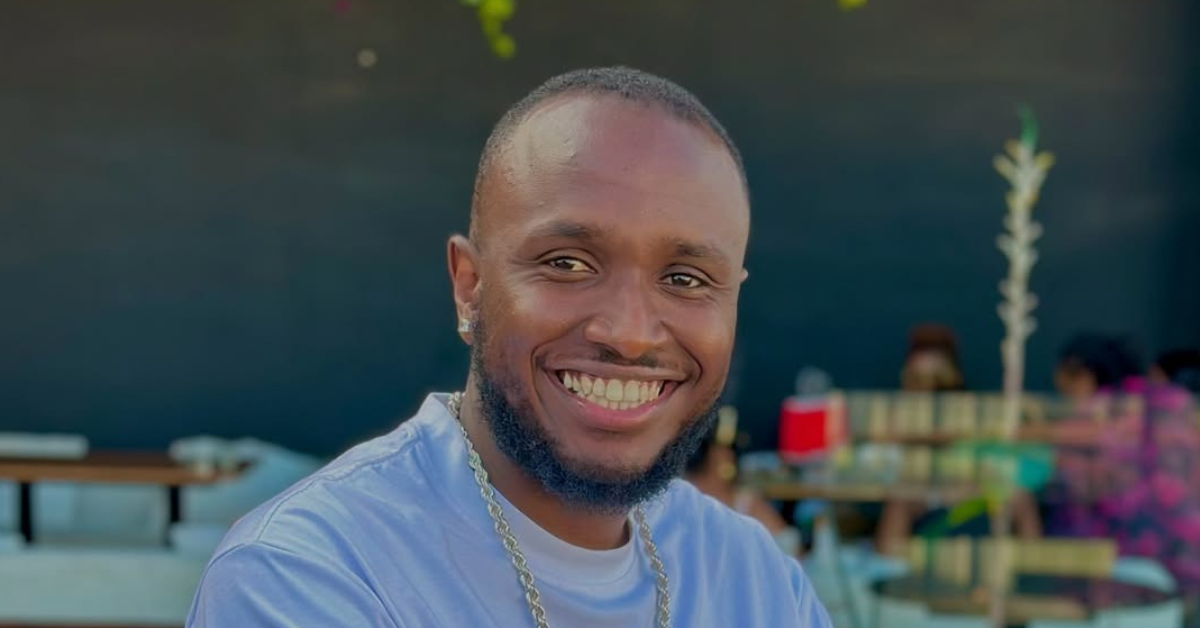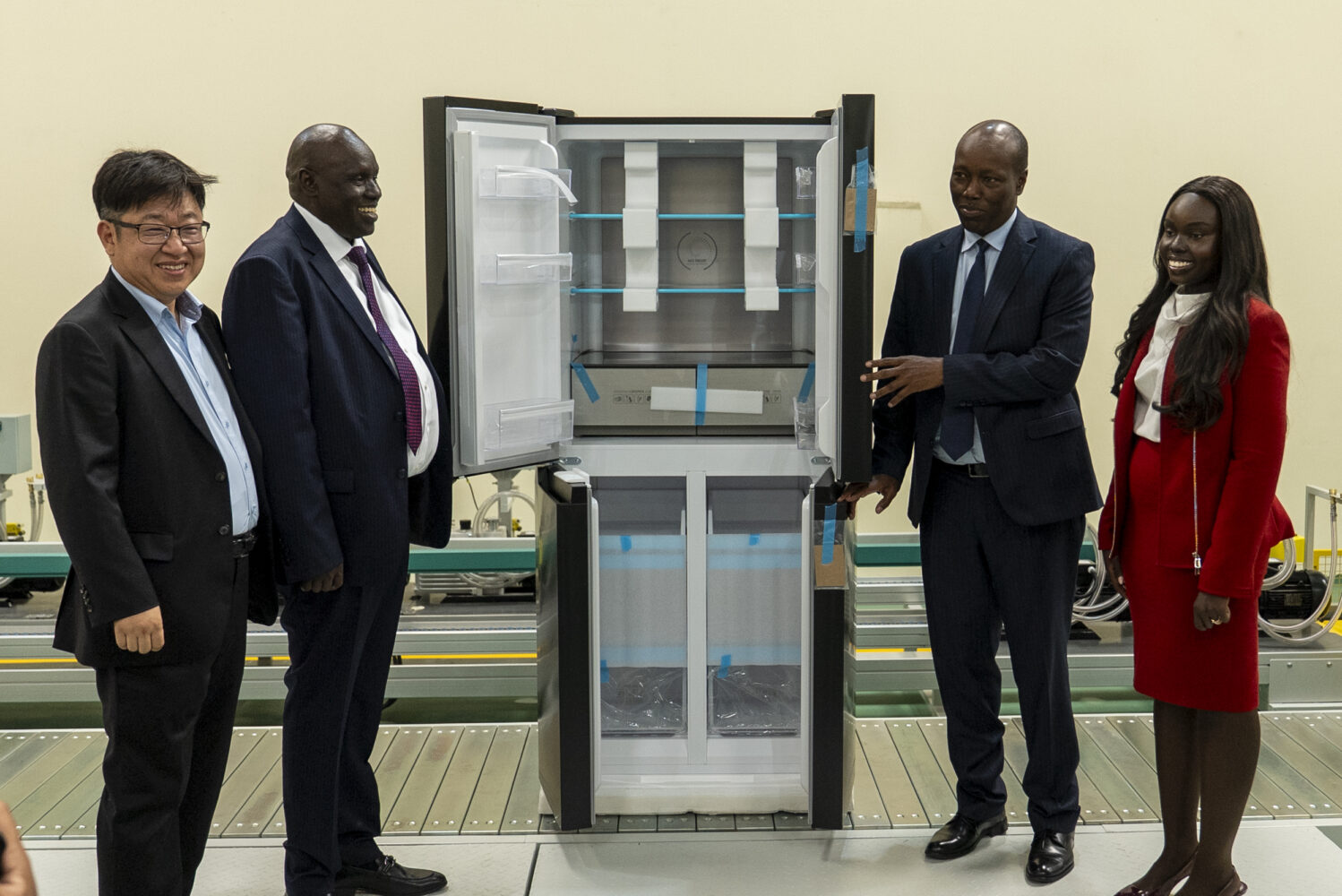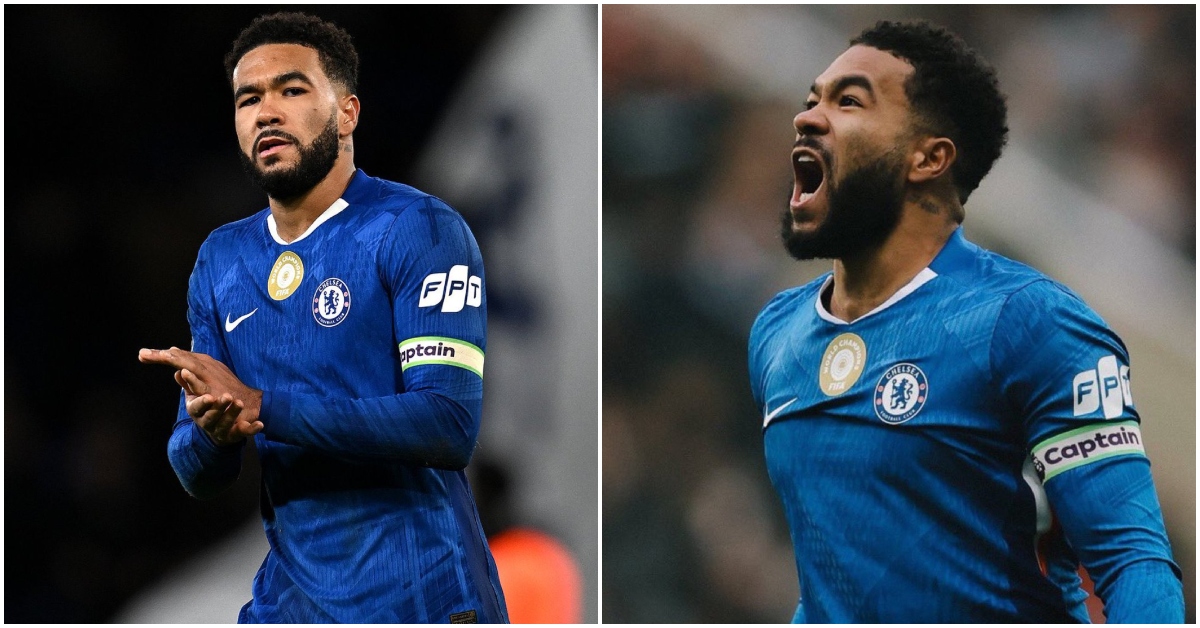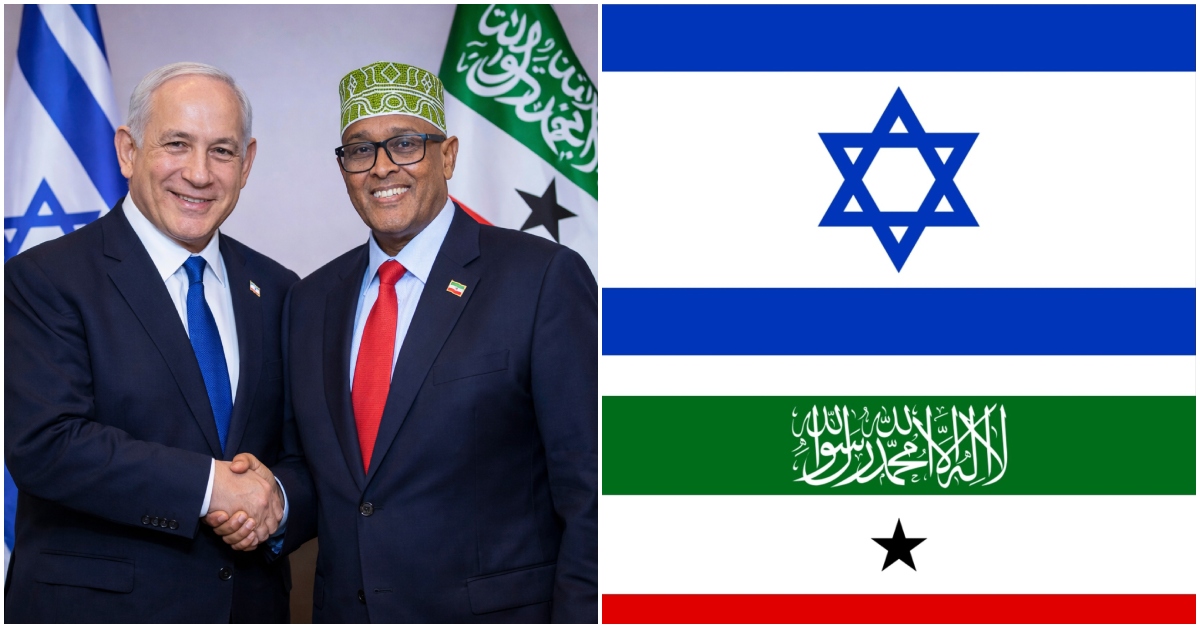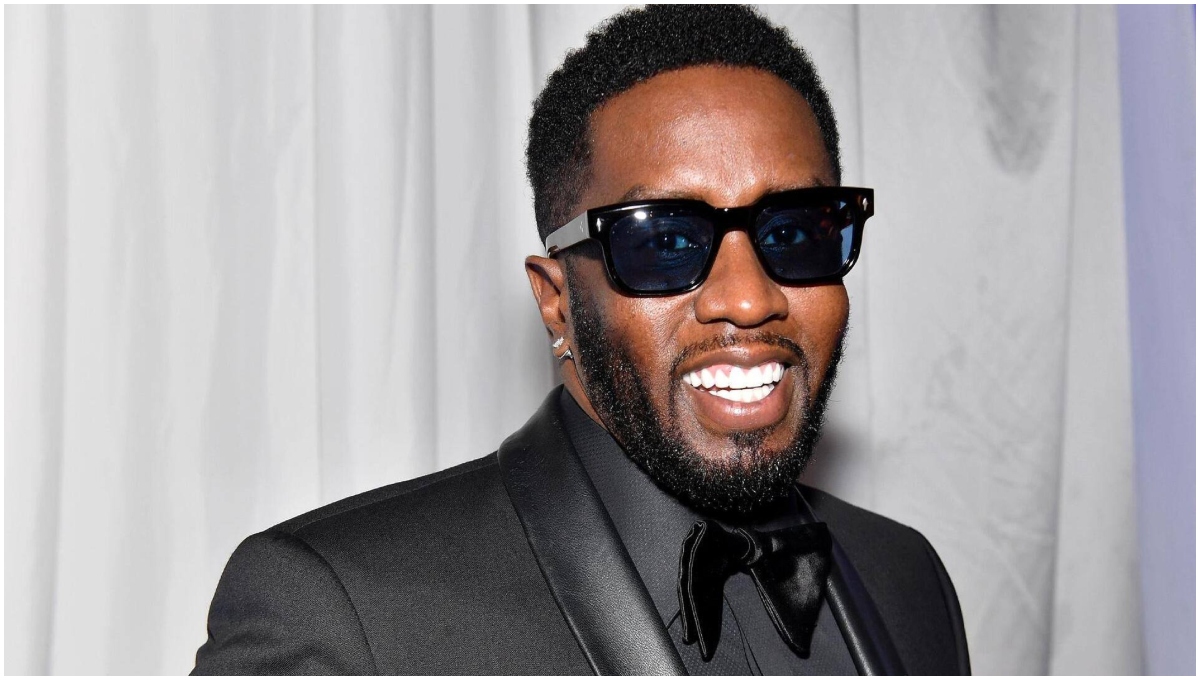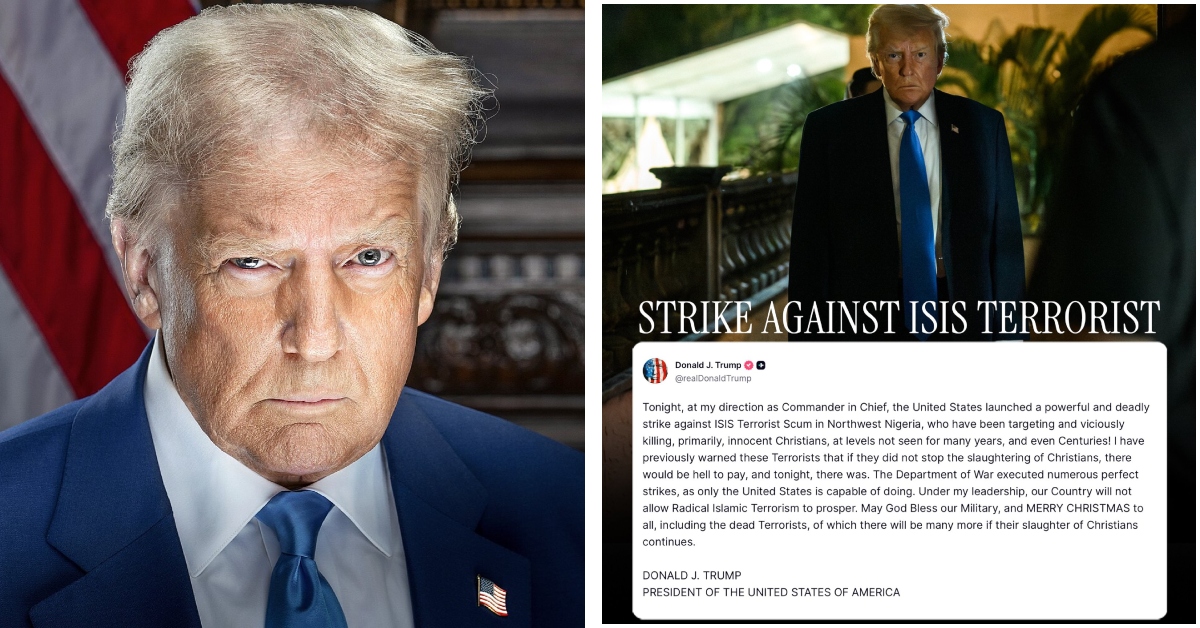The silence in Kenya is becoming more frequent and dangerous. It is not the silence of peace, but the unnerving quiet that follows a gunshot, the sudden cutoff of a broadcast, or the disappearance of a familiar voice.
In a country once hailed for its vibrant and often fearless press, this silence signals a growing threat to journalism.
The first major jolt to the country’s media landscape was the fatal shooting of Arshad Sharif, a renowned Pakistani investigative journalist.
In October 2022, Sharif was shot by police at a checkpoint in Kajiado County. Having fled his homeland after exposing alleged military corruption, he had sought safety in Kenya, only to be killed under a haze of unanswered questions.
Authorities initially claimed it was a case of mistaken identity. However, skepticism mounted, leading Kenya’s High Court to rule the killing unlawful in 2024 and order the state to compensate Sharif’s widow by 2025.
In the months that followed, journalists covering anti-government protests, particularly those linked to the Azimio opposition movement, reported an increase in assaults, harassment, and arbitrary detentions.
Throughout 2023, press freedom monitors recorded over 20 similar incidents, many of which occurred in public, with few prosecutions following.
Journalists attacked and harassed in Kenya (2022–2025)
This list highlights a number of documented cases of journalists who were injured, beaten, or harassed while on duty in Kenya, particularly during protests and major events since 2022. The incidents often involved police officers, security forces, or civilians.
- Arshad Sharif (2022): The Pakistani investigative journalist was fatally shot by police at a checkpoint in Kajiado County. While authorities initially claimed mistaken identity, a court later ruled the killing unlawful.
- Journalists covering protests (March 2023): The Media Council of Kenya documented at least 25 cases of attacks on local and foreign journalists during anti-government protests. Among the incidents reported were:
- Eric Isinta (NTV): A cameraman who was hit on the chest with a tear gas canister while covering protests in Nairobi.
- Calvin Rock (Africa Uncensored): Was arrested and detained for nearly an hour while covering a protest.
- Steve Otieno (Daily Nation): A crime reporter who was assaulted by a gang of looters armed with machetes while covering a raid. He sustained injuries to his head and neck.
- Winnie Chepkemoi (Daily Nation): A reporter in Kericho who was punched, kicked, and had her hair pulled by protesters who had barricaded a road.
- Ngina Kirori (NTV): A journalist who had her press card damaged and her phone confiscated by a police officer who forced her to delete a video she had recorded.
- Journalists at a Nairobi bar raid (January 2024): A group of journalists covering a police raid on a bar were attacked by security officers.
- Jane Kibira (KBC): A camera operator who was stabbed in the back.
- Boniface Bogita (Nation Media Group): A photographer who was stabbed twice in the ribs.
- Bonface Okendo (Standard Media Group): A photographer who sustained injuries to his arms and legs and had his camera confiscated.
- Lawrence Tikolo (Citizen TV): A camera operator who was punched in the ribs and had his camera vandalized.
- Journalists covering anti-tax protests (June 2024): Several journalists were attacked during nationwide protests against the Finance Bill.
- Joe Muhia and Iddi Ali Juma (Associated Press): Assaulted and detained by police.
- Justus Mwangi Macharia (Standard Group): Arrested and assaulted by police.
- Collins Olunga (Agence France-Presse): A photojournalist who was assaulted and injured by police.
- Ben Kirui (Citizen TV): Attacked by protesters and sustained injuries.
- Catherine Wanjeri wa Kariuki (Mediamax Network Ltd): Was shot with a rubber bullet while covering youth-led protests in Nakuru in July 2024, despite wearing clearly marked press credentials.
- Journalists at Madaraka Day celebrations (June 2025): Several journalists were assaulted by security officers while covering national celebrations in Homa Bay County.
- Ephantus Maina (Royal Media Services): Assaulted by security officers.
- Mable Achieng (Nation Media Group): Assaulted by security officers.
- Francis Kakai (TV47): A camera operator who was reportedly assaulted.
- Elizabeth Mutuku (TV47): A journalist who was reportedly assaulted.
- Justine Ondieki (Eastleigh Voice): A photojournalist who was brutally beaten, detained, and had his camera damaged and contents erased by police while covering protests in Nairobi in March 2025.
- Leah Wambui Kurema (NTV): A camerawoman who was dragged from her vehicle and assaulted by a police officer, who also forced her to delete footage she had recorded of the assault on a colleague in March 2025.
- Albert Ojwang (2025): The freelance journalist and blogger who died in police custody after his arrest for his critical reporting.
The state communications regulator issued warnings to media houses, accusing them of “glorifying unrest” and creating a chilling effect that prompted newsrooms to exercise caution.
The situation became more volatile during youth-led protests in Nakuru when veteran Mediamax journalist Catherine Wanjeri wa Kariuki was shot with a rubber bullet despite wearing clearly marked press credentials.
Witnesses described the incident as targeted. This coincided with a steep decline in the government’s popularity amid public discontent over the 2024 Finance Bill, rising taxes, and controversial levies.
As public frustration found new outlets online, independent journalists and bloggers began to fill the gaps left by increasingly cautious mainstream outlets.
However, those stepping up also faced risks. By early 2025, reports surfaced of investigative journalists being followed, surveilled, or having their online accounts targeted by coordinated misinformation networks. Some went into hiding.
Then came the death of Albert Ojwang, a widely followed freelance journalist and blogger who had become a vocal critic of government spending and alleged police misconduct.
In the weeks before his death, he had shared videos and commentary on rising public debt, the controversial housing levy, and alleged abuses in Nairobi’s informal settlements.
On June 8, 2025, Ojwang was arrested at his residence in Homa Bay County and transferred to a central police station, where he died hours later in police custody.
Initial statements from authorities claimed he had hit his head against a wall. However, a post-mortem conducted by an independent pathologist revealed injuries consistent with blunt force trauma and possible torture.
The widespread public outcry that followed led to consequences: six individuals, including three police officers, were arrested and charged.
Ojwang’s death marked a turning point. His story resonated with a younger generation of journalists and activists who viewed him as a symbol of the risks inherent in truth-telling.
He had recently published claims implicating a senior deputy inspector general in orchestrating a shadow network within law enforcement, including allegations of offshore wealth and corrupt patronage.
While no official source verified these claims, and media investigators later confirmed they were not found on his public channels, the allegations were serious enough to prompt a defamation complaint and his arrest under Kenya’s Computer Misuse and Cybercrimes Act.
As the country marked the annual Saba Saba protests, Ojwang’s name became a rallying cry. These demonstrations, which traditionally focused on economic grievances, began to incorporate new themes centered on civil liberties, police accountability, and the right to speak without fear.
These incidents paint a troubling picture of a broader climate of fear and erosion of democratic safeguards. Kenya, long considered a relative beacon of press freedom in East Africa, is facing a slow but serious backslide.
While President Ruto has insisted that his government respects the rule of law and press freedom, critics argue that actions, such as arrests, censorship, and surveillance, suggest a country where critical journalism is not simply discouraged but punished.
Despite the fear, the press continues to resist. Newsrooms, bloggers, and digital activists are adapting, organizing, and speaking out.
And across the country, ordinary Kenyans are increasingly recognizing that the health of a democracy is reflected not in the speeches of its leaders, but in the freedom of those who ask questions.
In the long shadows cast by surveillance, silence, and violence, some voices still break through. For now, that may be Kenya’s greatest defense against the creeping quiet.
ALSO READ: Top Ghanaian government officials killed in a helicopter crash

